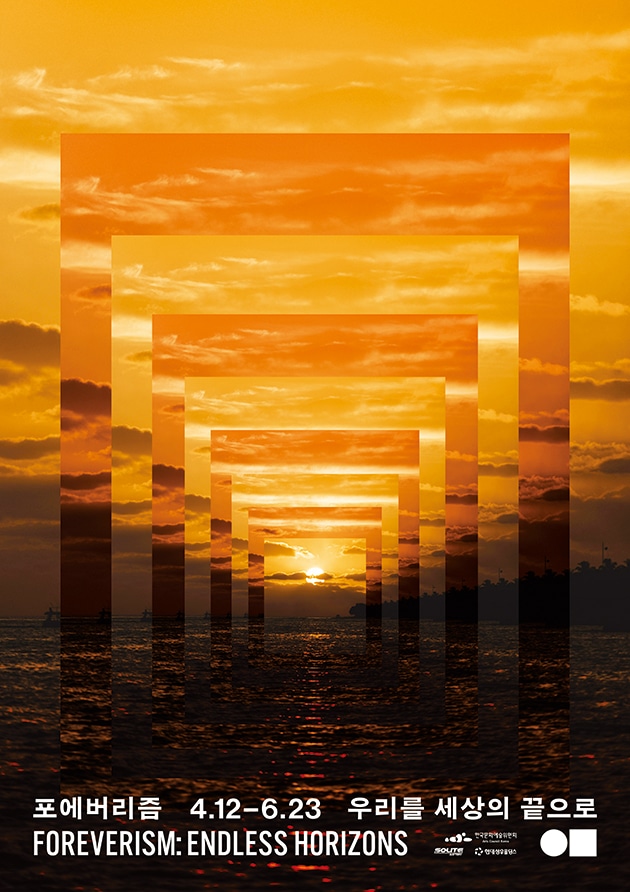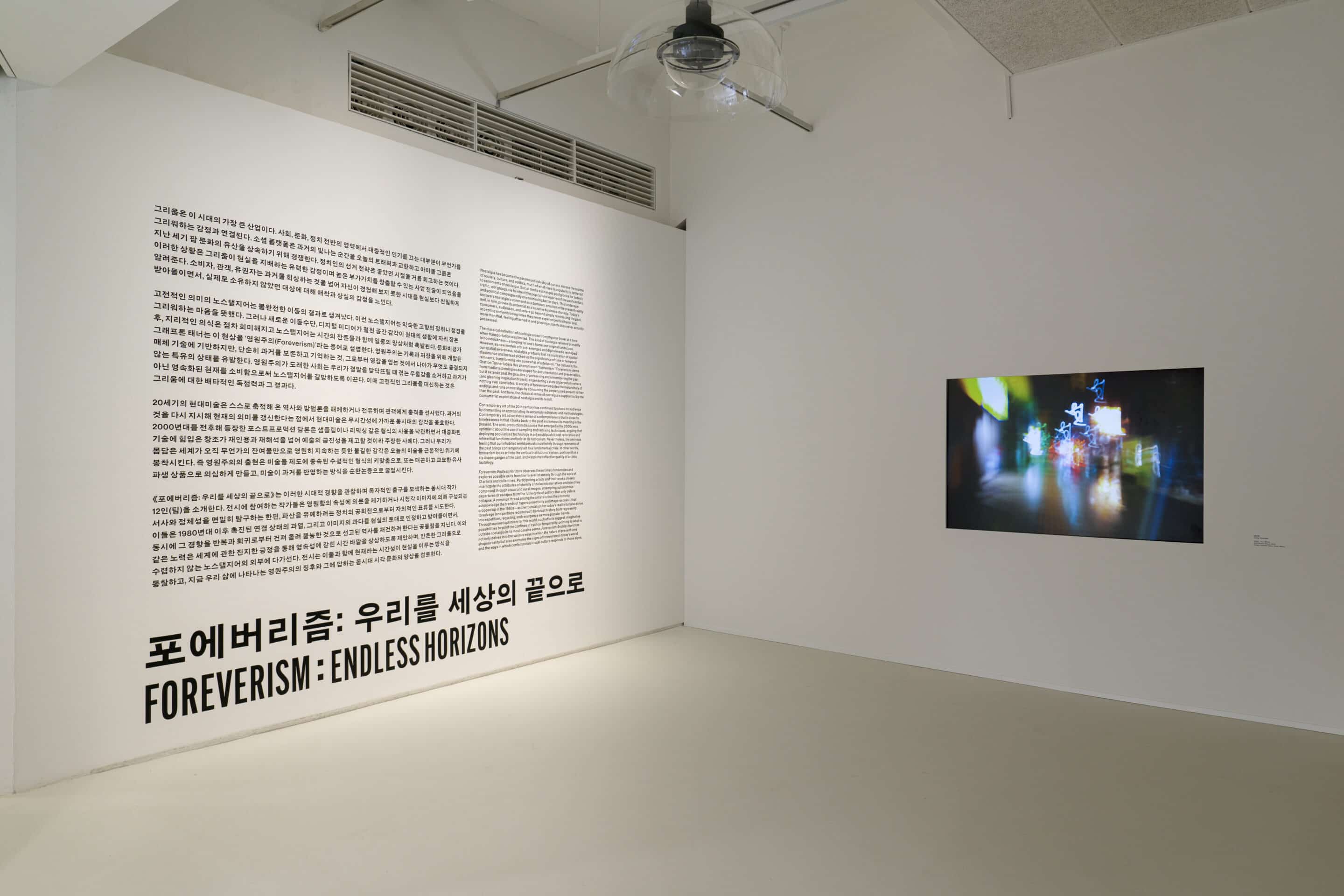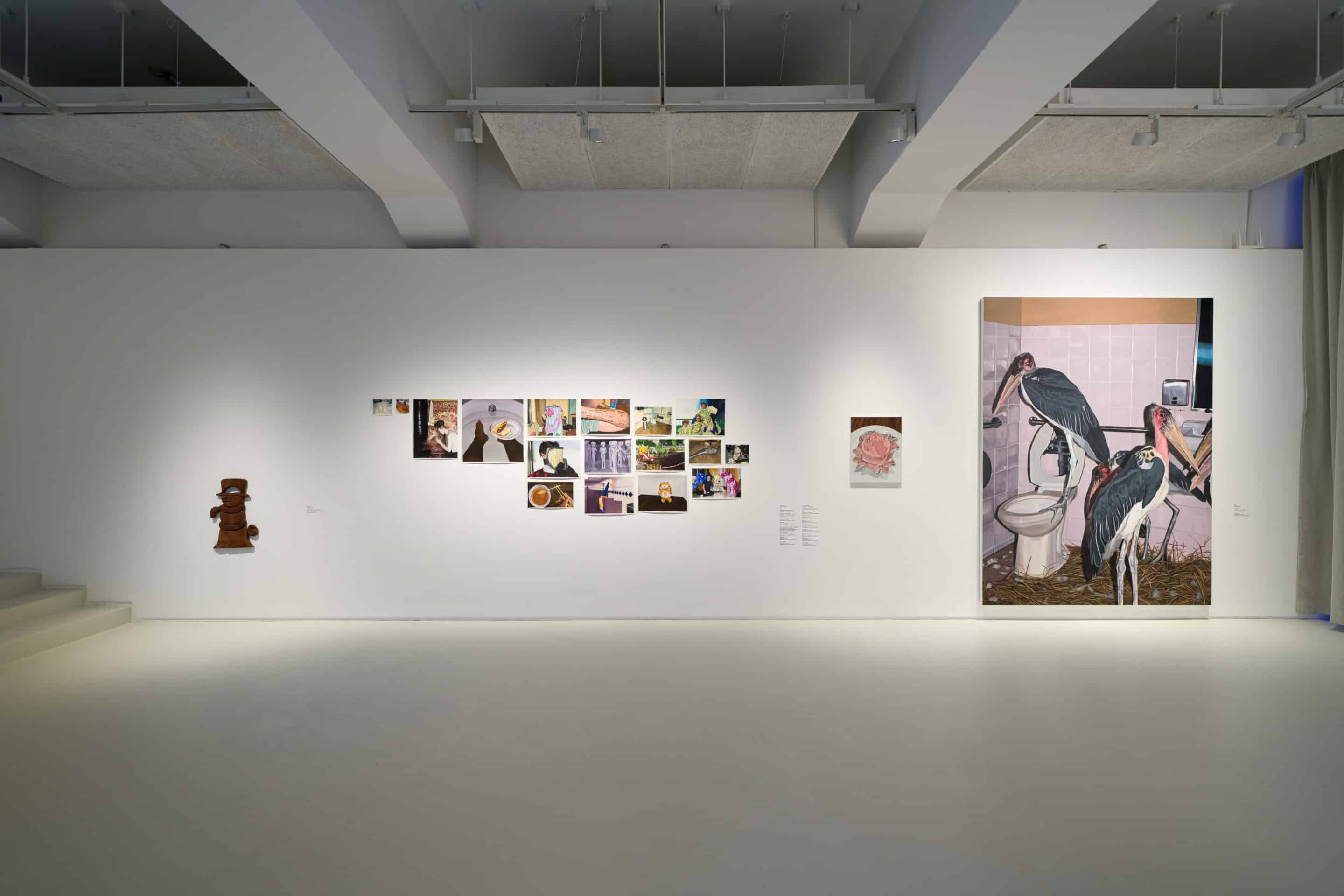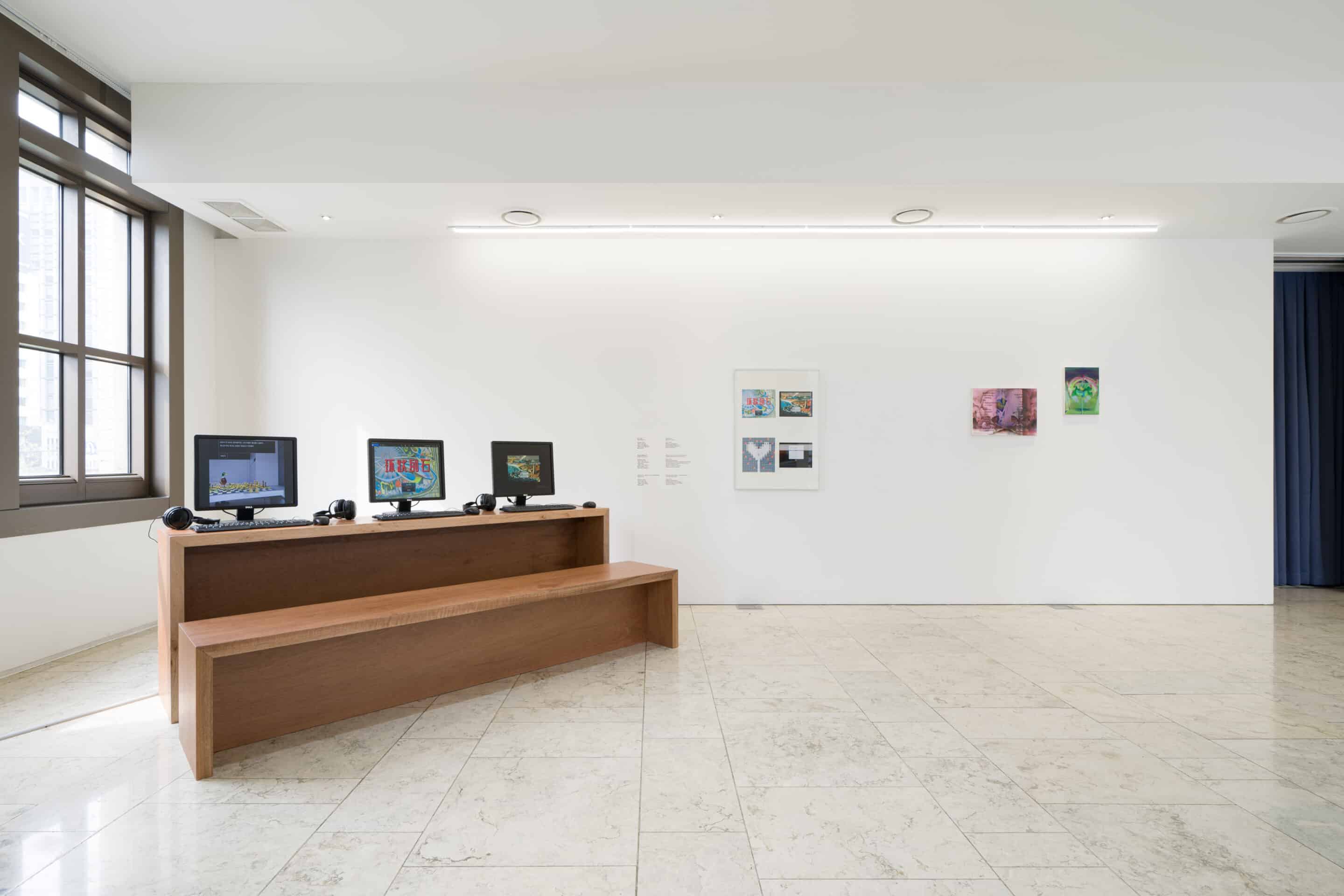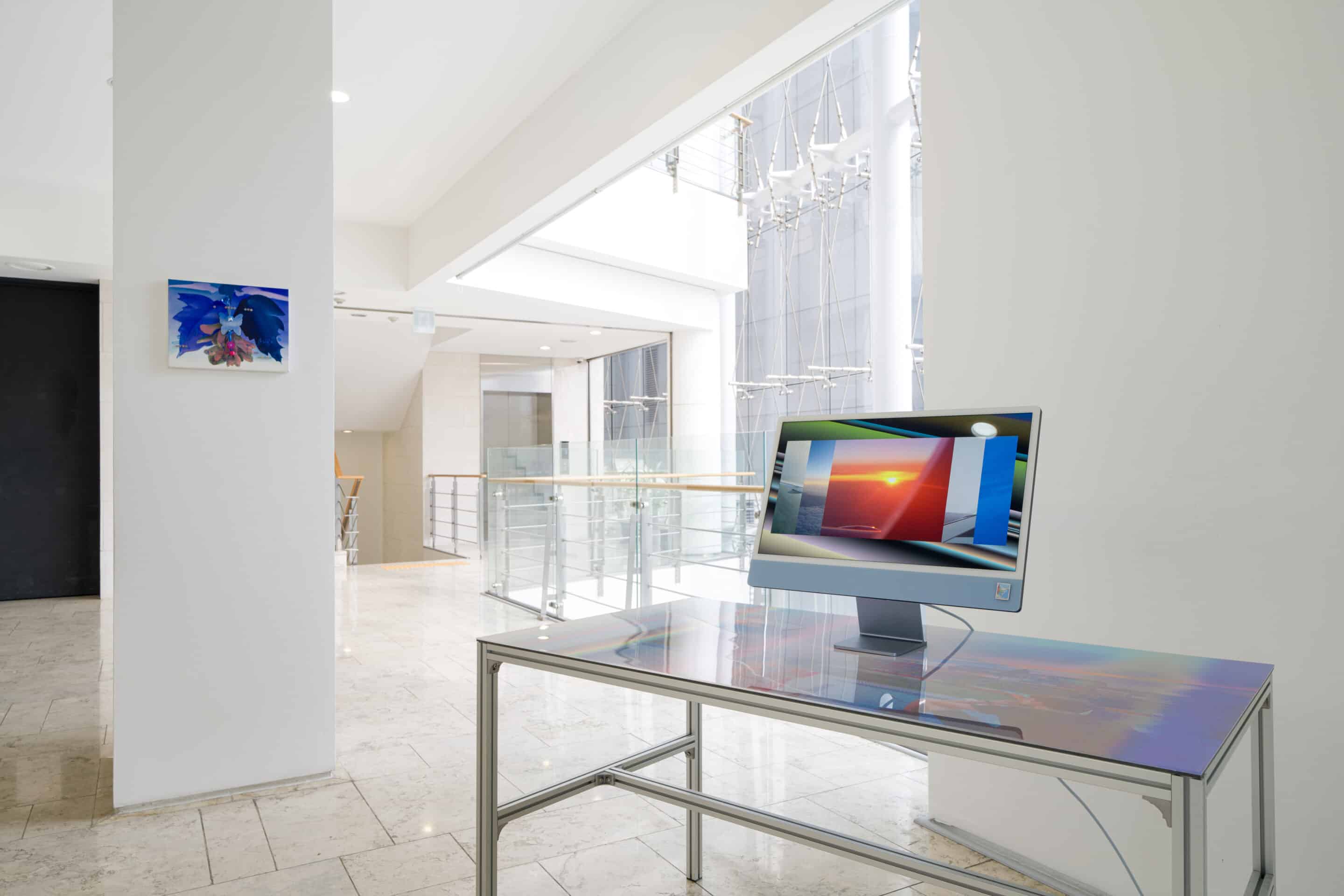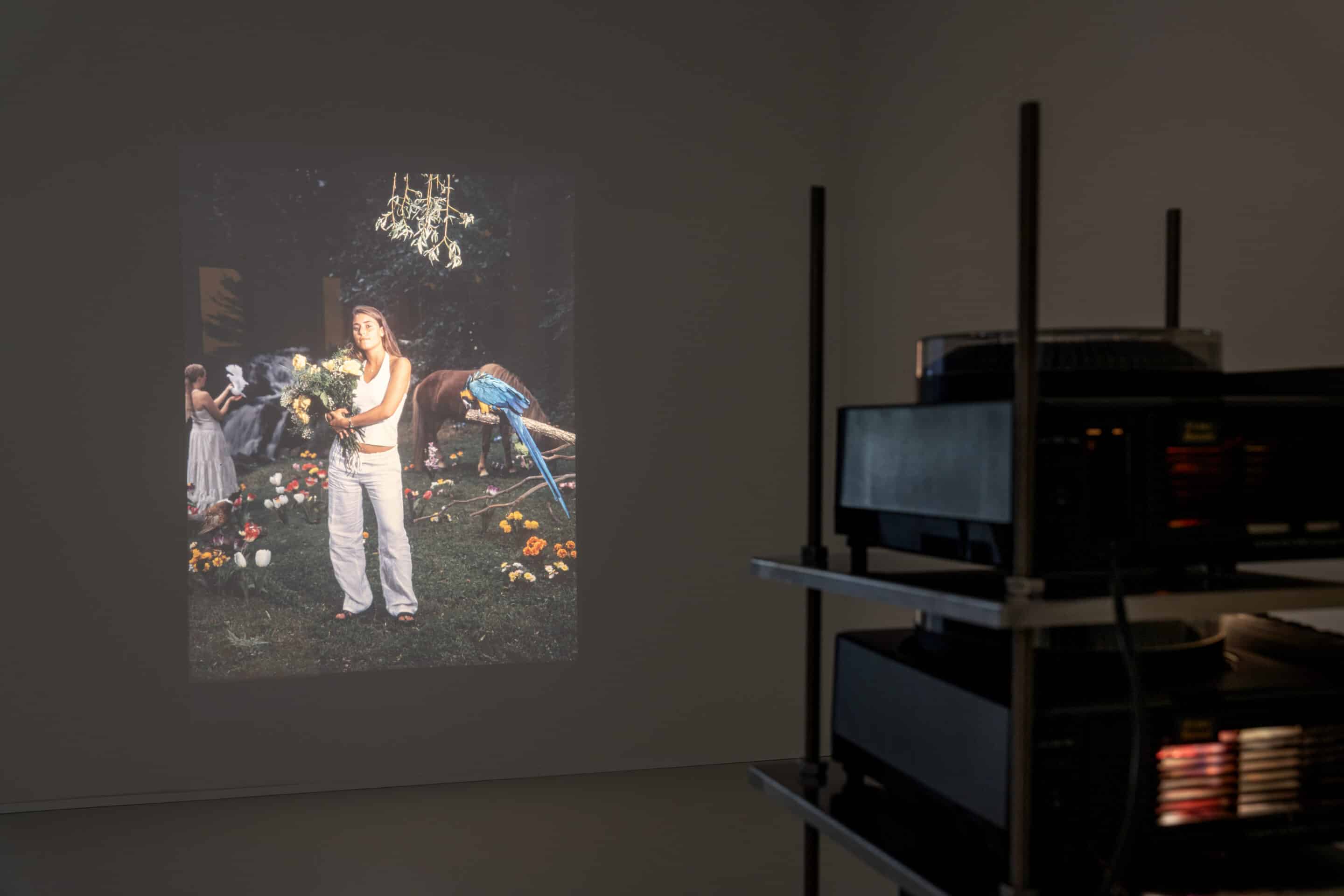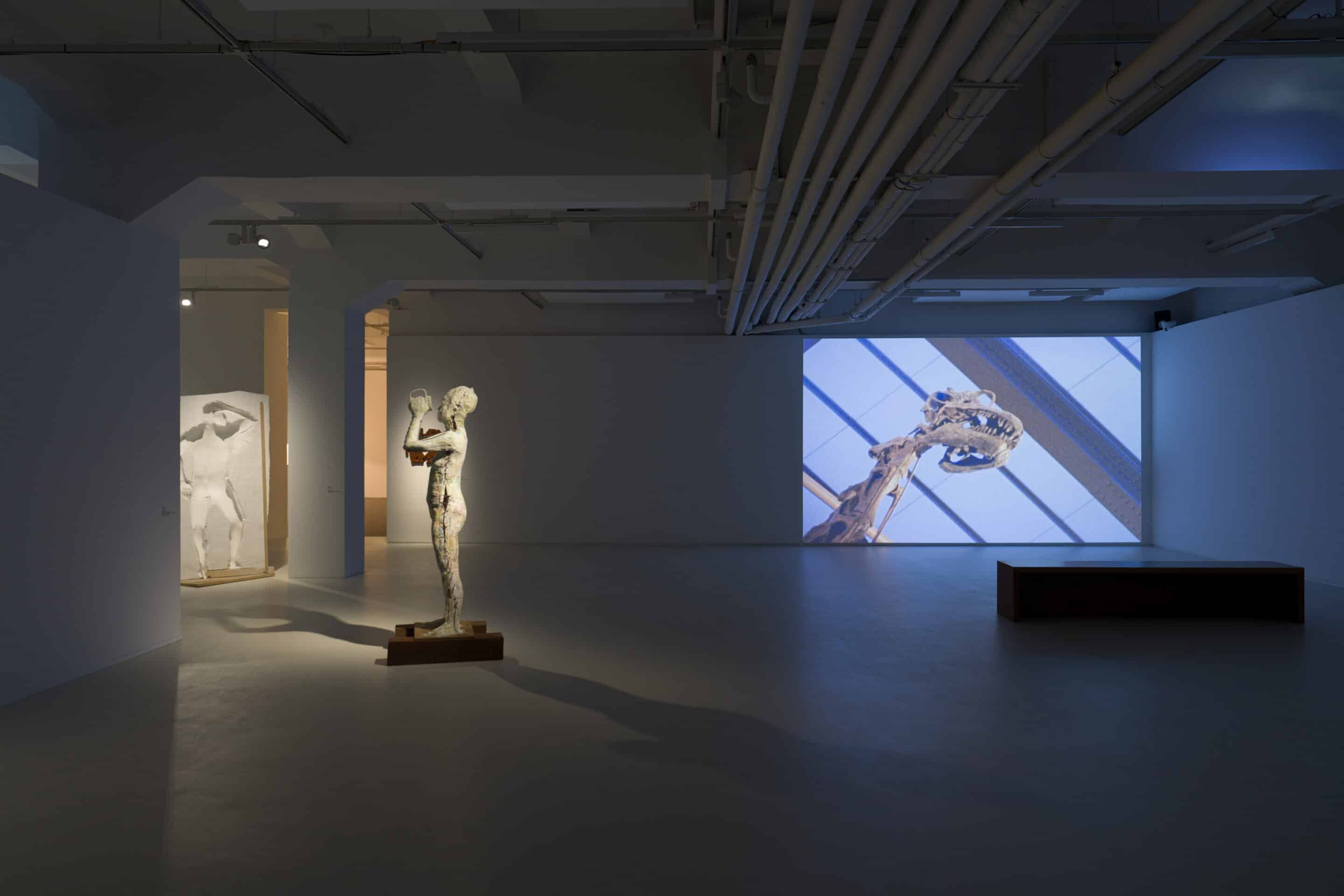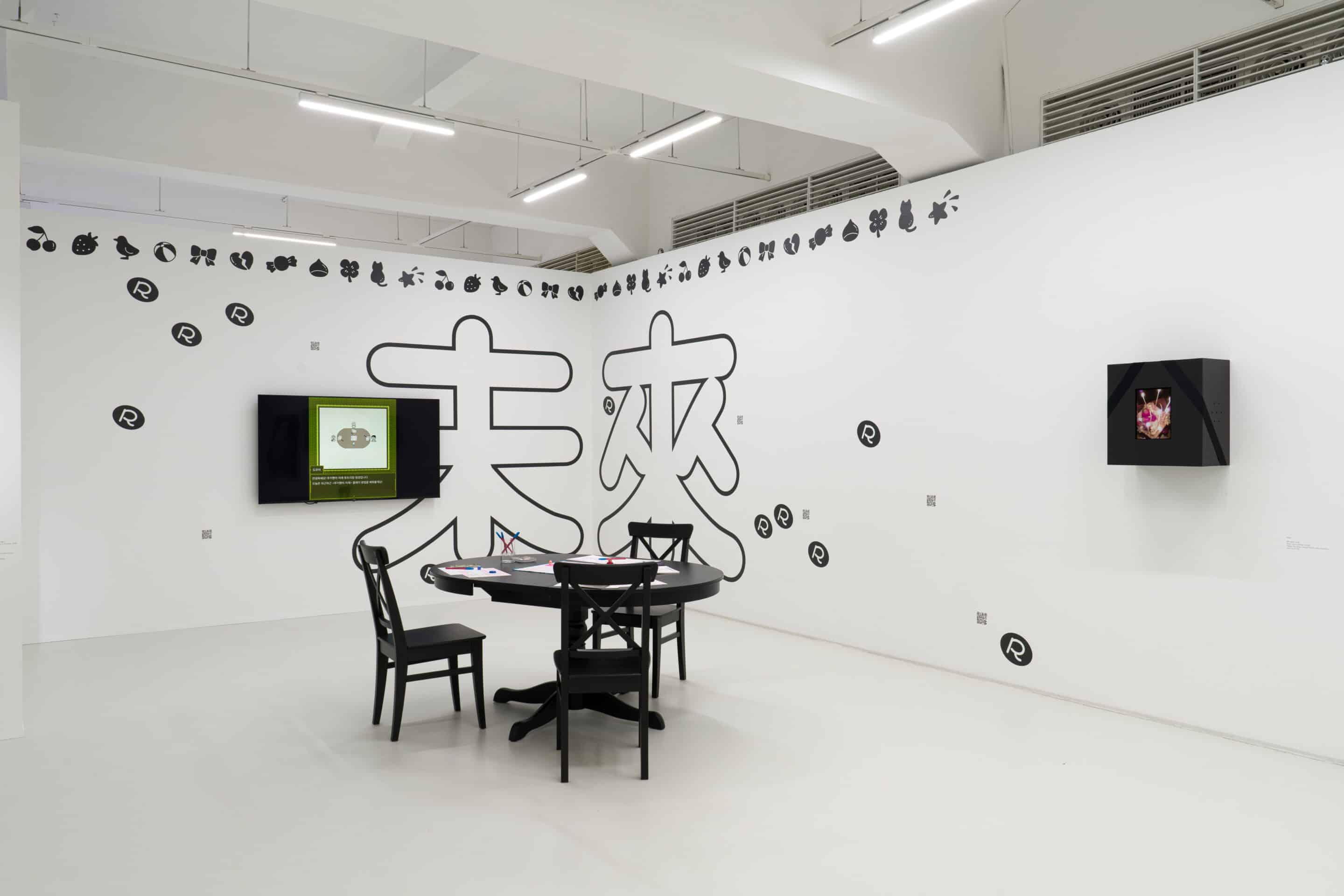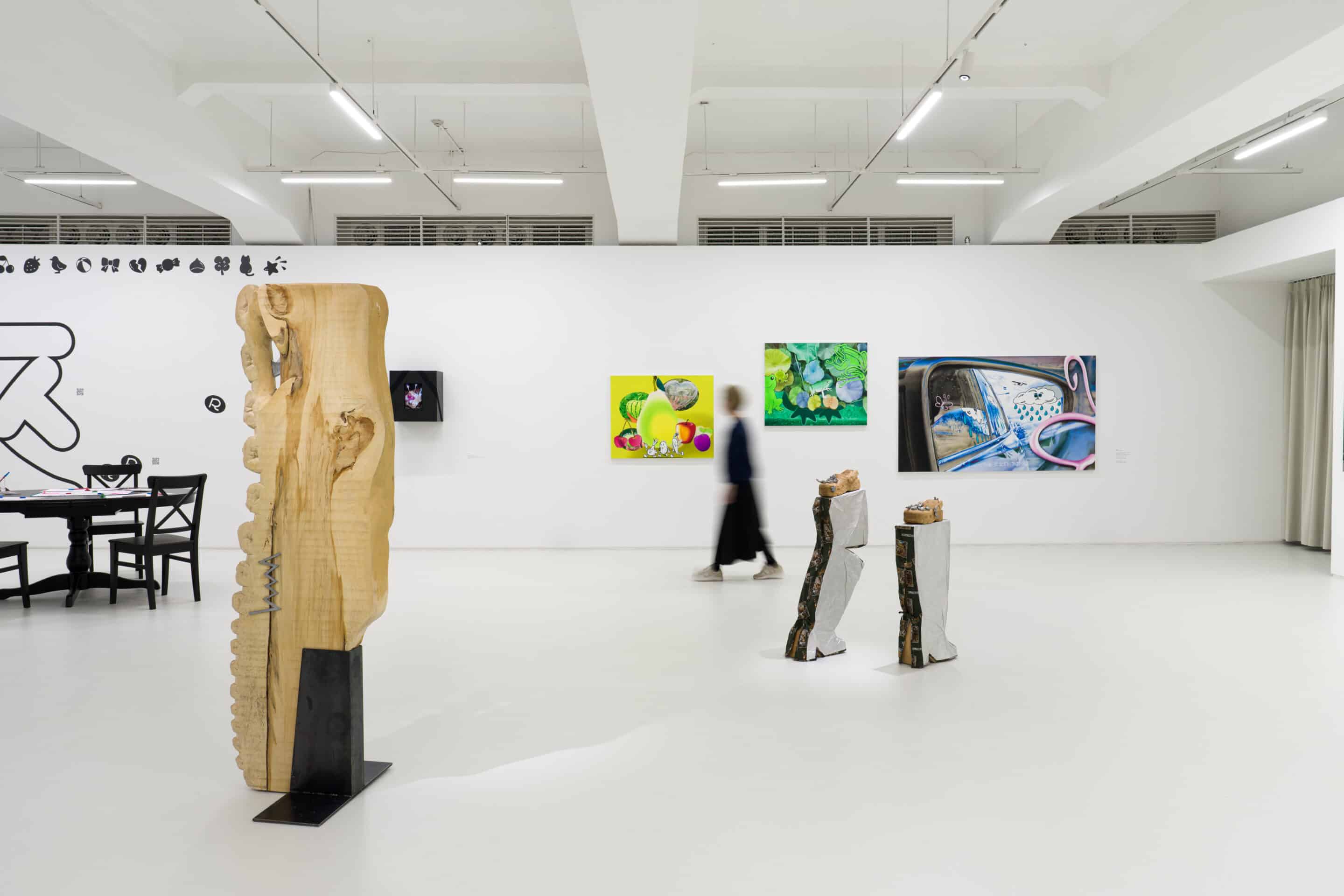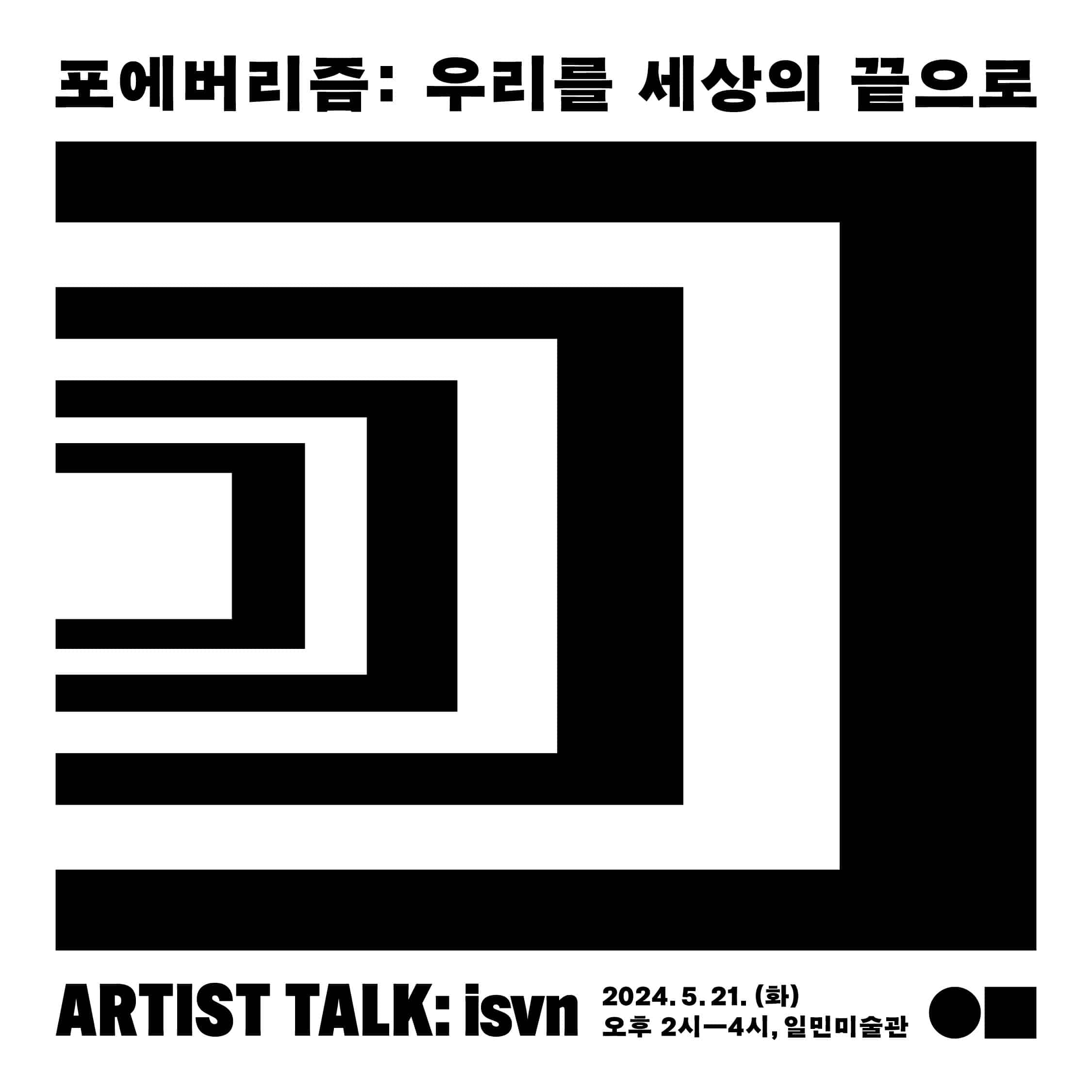그리움은 이 시대의 가장 큰 산업이다. 사회, 문화, 정치 전반의 영역에서 대중적인 인기를 끄는 대부분이 무언가를 그리워하는 감정과 연결된다. 소셜 플랫폼은 과거의 빛나는 순간을 오늘의 트래픽과 교환하고 아이돌 그룹은 지난 세기 팝 문화의 유산을 상속하기 위해 경쟁한다. 정치인의 선거 전략은 좋았던 시절을 거듭 회고하는 것이다. 이러한 상황은 그리움이 현실을 지배하는 유력한 감정이며 높은 부가가치를 창출할 수 있는 사업 전술이 되었음을 알려준다. 소비자, 관객, 유권자는 과거를 회상하는 것을 넘어 자신이 경험해 보지 못한 시대를 현실보다 친밀하게 받아들이면서, 실제로 소유하지 않았던 대상에 대해 애착과 상실의 감정을 느낀다.
고전적인 의미의 노스탤지어는 불완전한 이동의 결과로 생겨났다. 이런 노스탤지어는 익숙한 고향의 정취나 정경을 그리워하는 마음을 뜻했다. 그러나 새로운 이동수단, 디지털 미디어가 펼친 공간 감각이 현대의 생활에 자리 잡은 후, 지리적인 의식은 점차 희미해지고 노스탤지어는 시간의 잔존물과 함께 일종의 망상처럼 촉발된다. 문화비평가 그래프톤 태너는 이 현상을 ‘영원주의(Foreverism)’라는 용어로 설명한다. 영원주의는 기록과 저장을 위해 개발된 매체 기술에 기반하지만, 단순히 과거를 보존하고 기억하는 것, 그로부터 영감을 얻는 것에서 나아가 무엇도 종결되지 않는 특유의 상태를 유발한다. 영원주의가 도래한 사회는 우리가 결말을 맞닥뜨릴 때 겪는 우울감을 소거하고 과거가 아닌 영속화된 현재를 소비함으로써 노스탤지어를 갈망하도록 이끈다. 이때 고전적인 그리움을 대신하는 것은 그리움에 대한 배타적인 독점력과 그 결과다.
20세기의 현대미술은 스스로 축적해 온 역사와 방법론을 해체하거나 전유하며 관객에게 충격을 선사했다. 과거의 것을 다시 지시해 현재의 의미를 갱신한다는 점에서 현대미술은 무시간성에 가까운 동시대의 감각을 옹호한다. 2000년대를 전후해 등장한 포스트프로덕션 담론은 샘플링이나 리믹싱 같은 형식의 사용을 낙관하면서 대중화된 기술에 힘입은 창조가 재인용과 재해석을 넘어 예술의 급진성을 제고할 것이라 주장한 사례다. 그러나 우리가 몸담은 세계가 오직 무언가의 잔여물만으로 영원히 지속하는 듯한 불길한 감각은 오늘의 미술을 근본적인 위기에 봉착시킨다. 즉 영원주의의 출현은 미술을 제도에 종속된 수평적인 형식의 키맞춤으로, 또는 매끈하고 교묘한 유사 파생 상품으로 의심하게 만들고, 미술이 과거를 반영하는 방식을 순환논증으로 굴절시킨다.
《포에버리즘: 우리를 세상의 끝으로》는 이러한 시대적 경향을 관찰하며 독자적인 출구를 모색하는 동시대 작가 12인(팀)을 소개한다. 전시에 참여하는 작가들은 영원함의 속성에 의문을 제기하거나 시청각 이미지에 의해 구성되는 서사와 정체성을 면밀히 탐구하는 한편, 파산을 유예하려는 정치의 공회전으로부터 자의적인 표류를 시도한다. 이들은 1980년대 이후 촉진된 연결 상태의 과열, 그리고 이미지의 과다를 현실의 토대로 인정하고 받아들이면서, 동시에 그 경향을 반복과 회귀로부터 건져 올려 불능한 것으로 선고된 역사를 재건하려 한다는 공통점을 지닌다. 이와 같은 노력은 세계에 관한 진지한 긍정을 통해 영속성에 갇힌 시간 바깥을 상상하도록 제안하며, 안온한 그리움으로 수렴하지 않는 노스탤지어의 외부에 다가선다. 전시는 이들과 함께 현재라는 시간성이 현실을 이루는 방식을 통찰하고, 지금 우리 삶에 나타나는 영원주의의 징후와 그에 답하는 동시대 시각 문화의 양상을 검토한다.
기간
2024.4.12.(금) — 6.23.(일)
장소
일민미술관 1, 2, 3전시실 및 프로젝트 룸
주최
일민미술관
후원
한국문화예술위원회, 현대성우홀딩스
참여작가
박민하, 송세진, 윤영빈, 이유성, 전다화, 정연두, 차지량, 홍진훤, 황민규, isvn, 스티브 비숍, 정 말러
관장
김태령
책임기획
윤율리
기획
백지수, 최혜인, 김진주, 신지현, 윤지현
진행
배정인, 이민경, 이지우, 정연지
퍼블리싱
박선호
행정 및 관리
최유진, 박서영, 박지현, 정이선
그래픽 디자인
워크룸
공간 조성
석운동
영상 설치
미지아트
설치
현대 ADP
번역(전시 서문)
김지선
도움
국제갤러리
전시 부제 “우리를 세상의 끝으로”는 문학동네시인선 200호 『우리를 세상의 끝으로』가 수록하고 따온 시인 안희연의 글에서 인용했습니다.
isvn의 〈루키쨩의 미래〉는 1일 3회, 회차별 2─3인(현장 접수, 선착순 마감) 참여하실 수 있습니다. 참여 신청은 3전시실 전시 스태프에게 문의해 주시기를 바랍니다.
관람시간
화―일요일 오전 11시―오후 7시(월요일 휴관)
관람료
일반 9,000원(학생 7,000원, 만 24세 이하 학생증 소지자)
도슨트 프로그램
금⋅일요일 오후 3시, 각 40분 소요, 현장참여
서울시 종로구 세종대로 152
주차공간이 협소하니 대중교통을 이용해 주시기 바랍니다.(동아미디어센터 주차시 10분당 1,000원)
문의 02-2020-2050 / info@ilmin.org
Nostalgia has become the paramount industry of our era. Across the realms of society, culture, and politics, much of what rises in popularity is tethered to sentiments of nostalgia. Social media exchanges past glories for today’s traffic, idol groups vie to inherit the pop culture legacies of the past century, and political campaigns rely on reminiscing better days. This landscape uncovers nostalgia’s command as a dominant emotion in the present reality and, in turn, proves its potential as a lucrative business strategy. Today’s consumers, audiences, and voters go beyond simply reminiscing the past, accepting and embracing times they never experienced firsthand, and, more than that, feeling attached to and grieving subjects they never actually possessed.
The classical definition of nostalgia arose from physical travel at a time when transportation was limited. This kind of nostalgia referred primarily to homesickness—a longing for one’s home and original landscape. However, as new models of travel emerged and digital media reshaped our spatial awareness, nostalgia gradually lost its implication of spatial dissonance and instead picked up the significance of time or temporal remnants, transforming into somewhat of a delusion. The cultural critic Grafton Tanner labels this phenomenon “foreverism.” Foreverism stems from media technologies developed for documentation and preservation, but it extends past the practice of preserving and remembering the past (and gleaning inspiration from it), engendering a state of perpetuity where nothing ever concludes. A society of foreverism negates the melancholy of endings and runs on nostalgia by consuming the perpetuated present rather than the past. And here, the classical sense of nostalgia is supplanted by the consumerist exploitation of nostalgia and its result.
Contemporary art of the 20th century has continued to shock its audience by dismantling or appropriating its accumulated history and methodologies. Contemporary art advocates a sense of contemporaneity that is close to timelessness in that it harks back to the past and renews its meaning in the present. The post-production discourse that emerged in the 2000s was optimistic about the use of sampling and remixing techniques, arguing that deploying popularized technology in art would push it past reiterative and referential functions and bolster its radicalism. Nevertheless, the ominous feeling that our inhabited world persists indefinitely through remnants of the past brings contemporary art to a fundamental crisis. In other words, foreverism locks art into the vertical institutional system, portrays it as a sly doppelganger of the past, and warps the reflective quality of art into tautology.
Foreverism: Endless Horizons observes these timely tendencies and explores possible exits from the foreverist society through the work of 12 artists and collectives. Participating artists and their works closely interrogate the attributes of eternity or delve into narratives and identities composed through visual and aural images, attempting autonomous departures or escapes from the futile cycle of politics that only delays collapse. A common thread among the artists is that they not only acknowledge the trends of hyperconnectivity and image-excess—that cropped up in the 1980s—as the foundation for today’s reality but also strive to salvage (and perhaps reconstruct) bankrupt history from regressing into repetition, recycling, and resurgence as mere popular trends. Through earnest optimism for this world, such efforts suggest imaginative possibilities beyond the confines of cyclical temporality, pointing to what is outside nostalgia in its most passive sense. Foreverism: Endless Horizons not only delves into the various ways in which the nature of present time shapes reality but also examines the signs of foreverism in today’s world and the ways in which contemporary visual culture responds to those signs.
Peroid
2024.4.12.(Fri)―6.23.(Sun)
Venue
Ilmin Museum of Art (Exhibition Hall 1, 2, 3 and Project Room)
Organized by
Ilmin Museum of Art
Sponsored by
Arts Council Korea, Hyundai Sungwoo Holdings
Artists
Park Minha, Song Sejin, Yoon Yeongbin, Lee Eusung, Jeon Dawha, Jung Yeondoo, Cha Jiryang, Hong Jinhwon, Hwang Minkyu, isvn, Steve Bishop, Zheng Mahler
Director
Kim Taeryung
Chief Curator
Yoon Yuli
Curators
Baik Jisoo, Choi Hyein, Kim Jinju, Shin Jihyun, Yoon Jihyun
Coordinators
Bae Jeongin, Lee Minkyong, Lee Jiwoo, Jeoung Yeonji
Publicist
Park Sunho
Administration
Choi Yoojin, Park Seoyoung, Park Jihyun, Jung Eisun
Graphic Design
Workroom
Spatial Design
Seokundong
Technical Support
Mijiart
Art Handler
Hyundai ADP
Translation (Foreword)
Kim Jisun
Support
Kukje Gallery
The Korean subtitle of the exhibition is a quote from Ahn Heeyeon’s poem.
isvn’s “Ruki-chan’s Mirae” runs 3 times a day, 2─3 people per session (on-site registration, first come, first served). Please contact the exhibition staff in Hall 3 to apply for participation.
Opening Hours
Tuesday–Sunday 11 AM–7 PM, Closed on Mondays
Admissions
General 9,000 won (7,000 won for students under 24 years old)
DISCOVER SEOUL PASS Partnership
Ilmin Museum of Art 152 Sejong-daero, Jongno-gu, Seoul, Korea

